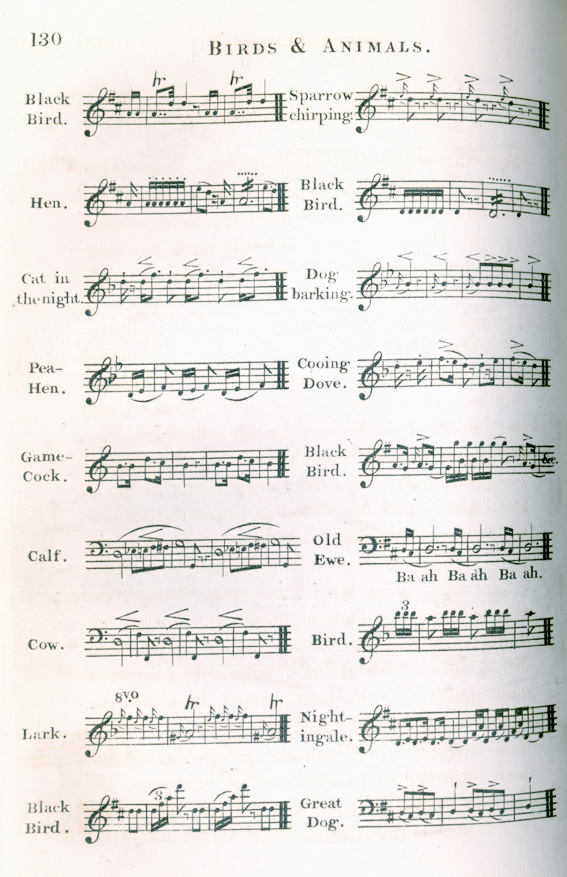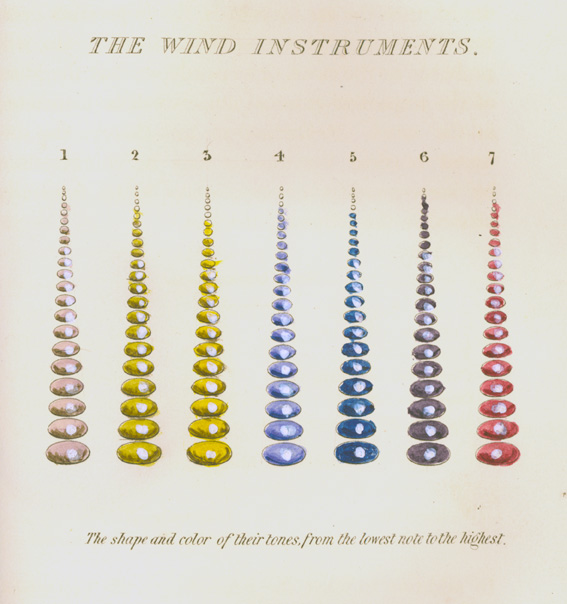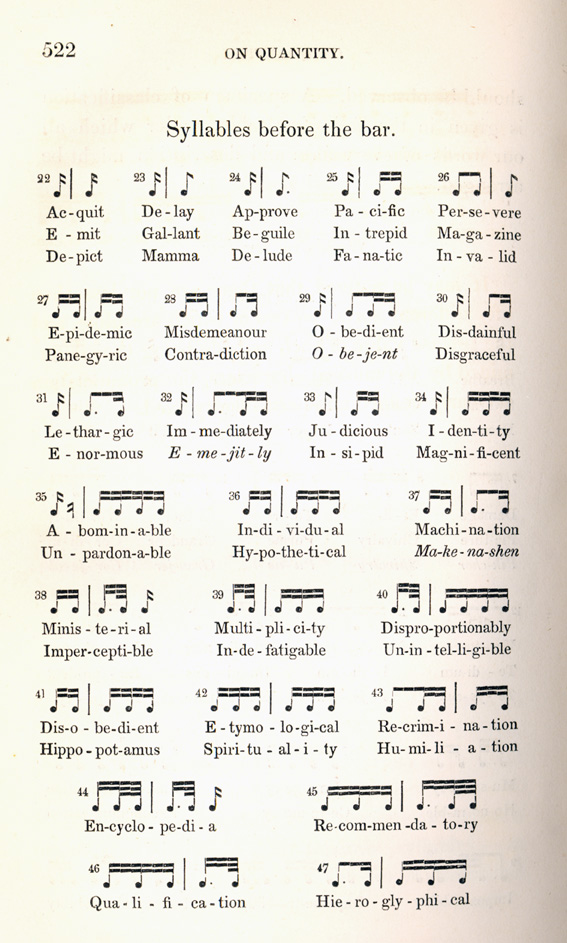By Lauren Fink
(Note: This blog by our student worker, Lauren Fink, is one of what will be a series on the volumes from the Robert Clarke Collection. In 1898, UC board member William A. Procter purchased the private library of Cincinnati publisher Robert Clarke and presented the 6,792 volumes to the university as the founding collection in its modern library system. Over a century, the collection underwent several tribulations and in the past few years we have strived to reconstitute it in the Archives & Rare Books Library. Individually, the volumes are not as valuable as the aggregate because the Clarke holdings represent a significant period in the history of the University of Cincinnati. We intend to write more about the Clarke books, both on specific titles and on the history of this gathering of volumes. – Kevin Grace).
On the shelves of the Archives and Rare Books Library, between a signed copy of New Orleans Jazz Family Album by Al Rose and Edmond Souchon and Del Svono De’tremori Armonici E Dell’ vdito Trattati Del P. Daniello Bartoli, there sits a book entitled, The Music of Nature; or An Attempt to Prove that What is Passionate and Pleasing in the Art of Singing, Speaking, and Performing upon Musical Instruments, Is Derived from the Sounds of the Animated World; with Curious and Interesting Illustrations, by William Gardiner.
William Gardiner (1770-1853) was an English composer, concert organizer, and music enthusiast, in addition to being a local hosiery manufacturer. Though Gardiner is perhaps best known for the work in discussion, which was published in London in 1832, he also is famous for being the first to bring the music of Beethoven to Leicester. Gardiner published Sacred Melodies, a collection of psalms set to musical passages of composers like Beethoven, Mozart, and Haydn, and Music and Friends: or Pleasant Recollections of a Dilettante, an autobiography.
In Music of Nature, according to the preface, Gardiner, “endeavored to explain the true principles of musical taste and expression, but not confining himself to this enquiry, he has ventured to treat upon other matters in which sound is concerned.” To attain an idea for the wide-reaching subject matter of this book, the following are intriguing chapter titles from the table of contents:
Noise and Sound
Speaking
Singing
Time
Human Cries
Cries of Animals
Insects
Singing Out of Tune
Ominous Sounds
Modulation
Composition
Phraseology
Singing Conducive to Health
Analysis of Utterance
Analysis of the Alphabet
Rhythm in Language
Quantity
Above is Gardiner’s rendition of animal melodies, the notating of which was a favorite past-time of his. In Music of Nature, Gardiner also included chapters on almost all of the orchestral instruments, more or less describing their distinguishing characteristics, histories, and physics. An example is illustrated below.
Though not entirely accurate according to modern science, Gardiner details the acoustics and evolution of everything from voices to concert halls. If nothing else, these accounts are fascinating due to the pure passion with which the author presents them.
Throughout the book, Gardiner notates the rhythms of language, birds, insects, etc. On one such occasion, he declares that a cricket’s chirp “consists of three notes in rhythm, always forming a triplet in the key of B.” An example of his rhythmic analysis of human language can be found below.
As may or may not be anticipated by the nature of this blog, some have criticized Gardiner’s book for its varied and scattered subject matter. In the September 1927 issue of “The Musical Times,” Orlando A. Mansfield asserted that “one of the most remarkable features of this work is that three-fourths or more of its contents are devoted to the discussion of topics foreign to its title, the result being a species of musical and literary medley or olla-podrida exhibiting occasional partiality and inaccuracy in dealing with accredited facts, together with a seeming inability or disinclination to separate fact from fiction.”
Though Mansfield is unforgiving about the disjointed nature of Gardiner’s book, he does conclude his article series by emphasizing the historical importance of it. He hopes that his writing on the topic will increase interest in Music of Nature and, “excite the curiosity of readers and lead them to study the book for themselves.” Similarly, we at the Archives and Rare Books Library hope that this blog will increase interest in Gardiner’s book, as well as our other fascinating holdings.
To view Gardiner’s book, visit the Archives and Rare Books Library in 808 Blegen Library, which is on the south end of campus across Clifton Avenue from Deaconess Hospital , and between Teacher’s College and the Law School. To learn more about ARB’s holdings, call 513.556.1959, email us at archives@ucmail.uc.edu, or visit our website at http://www.libraries.uc.edu/libraries/arb/index.html.



